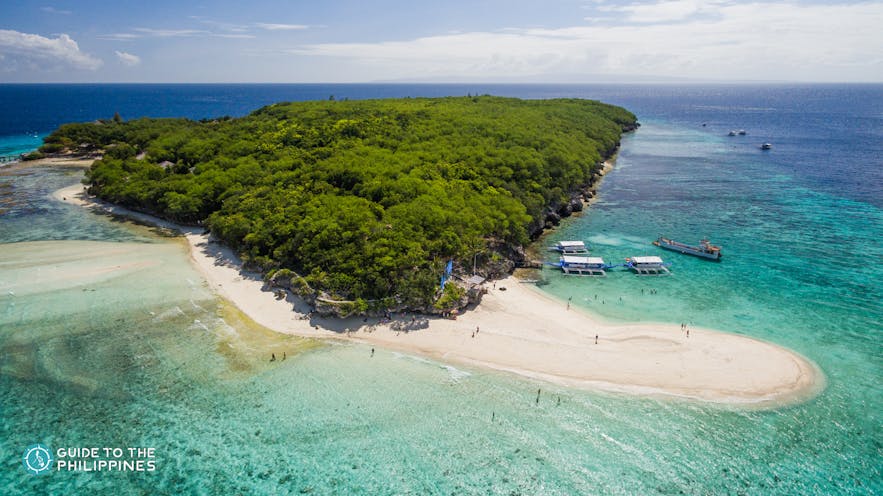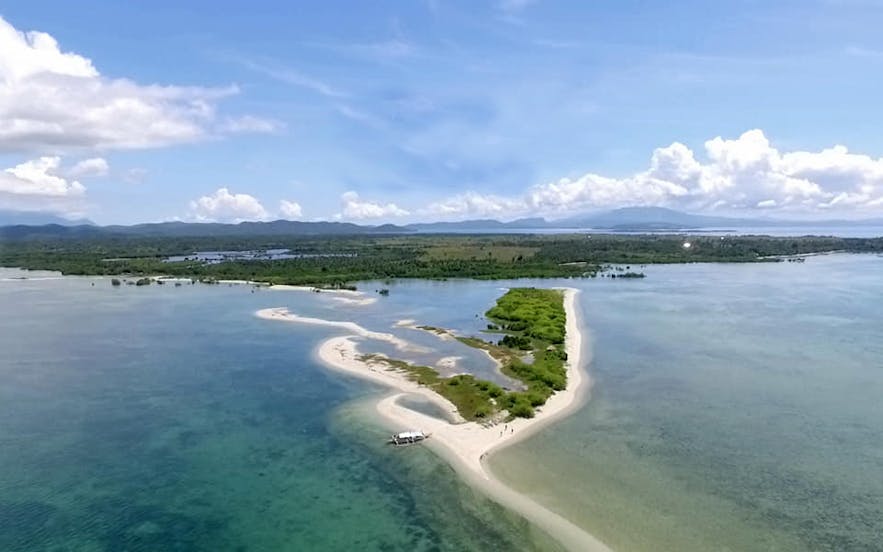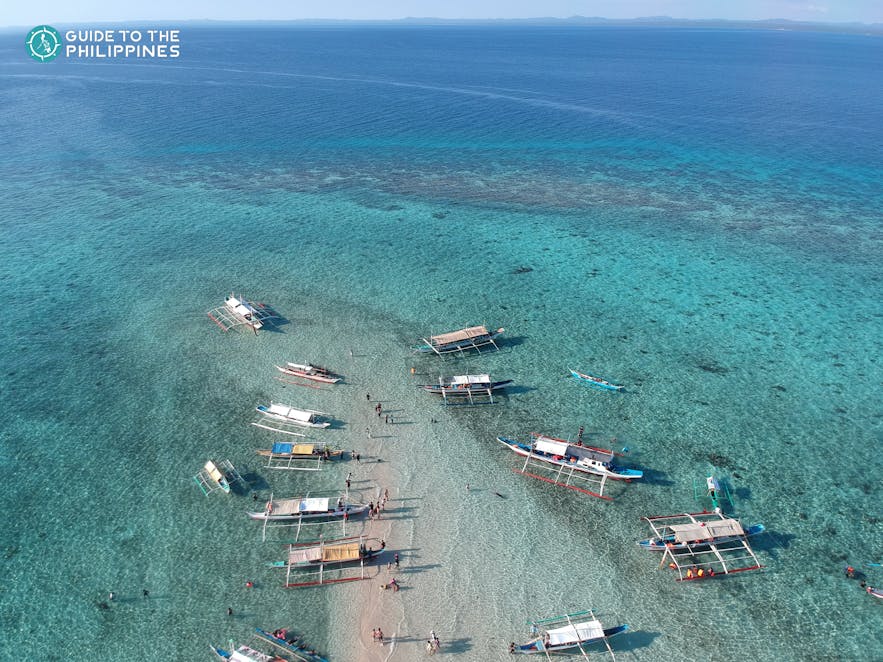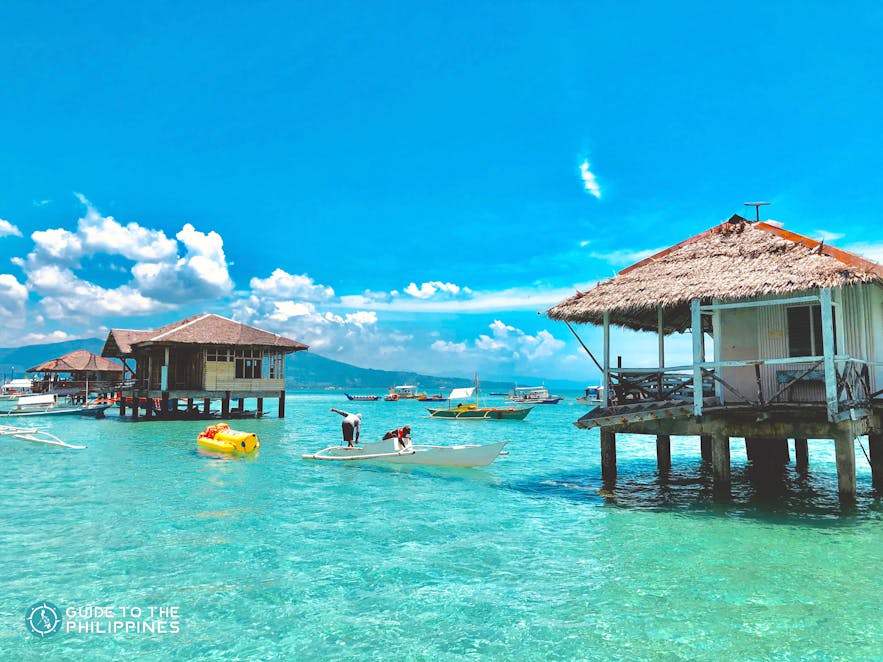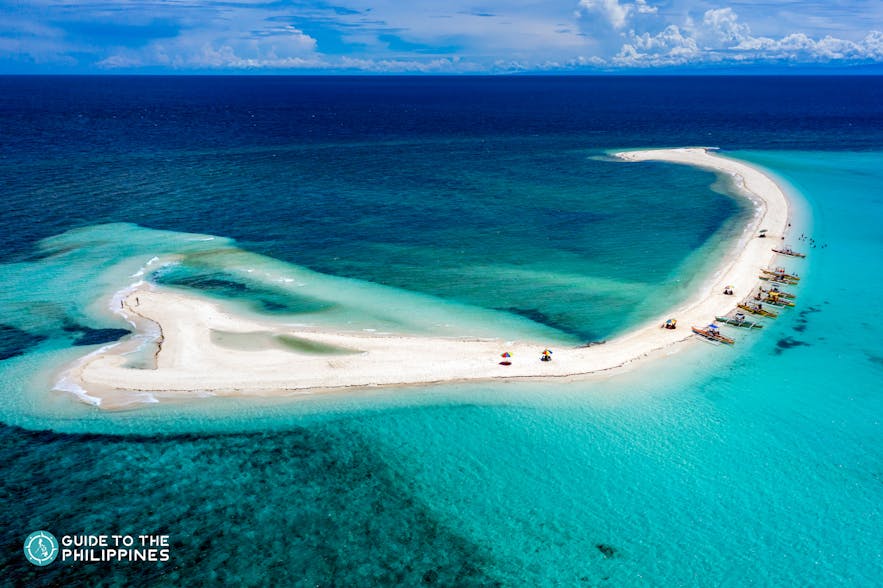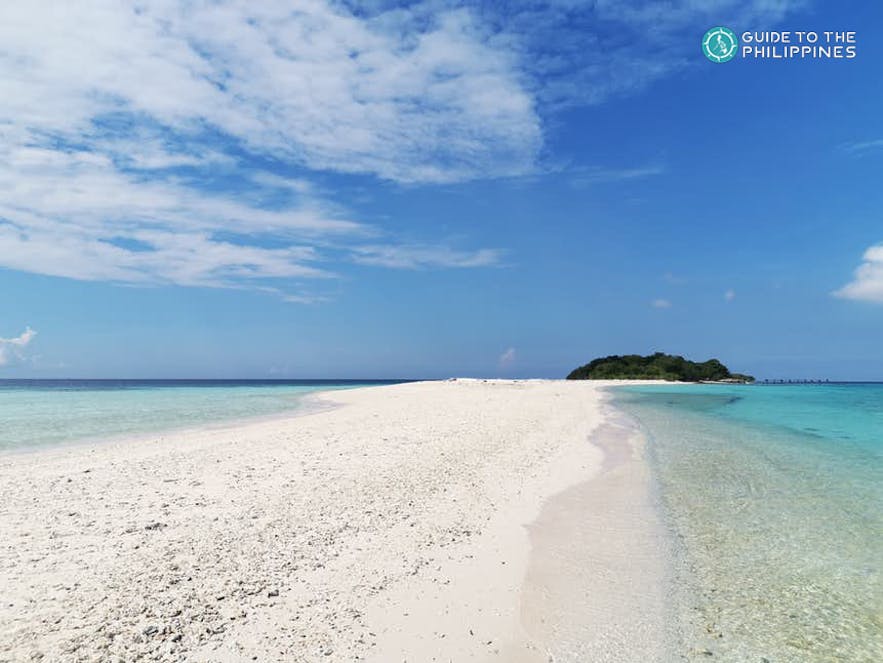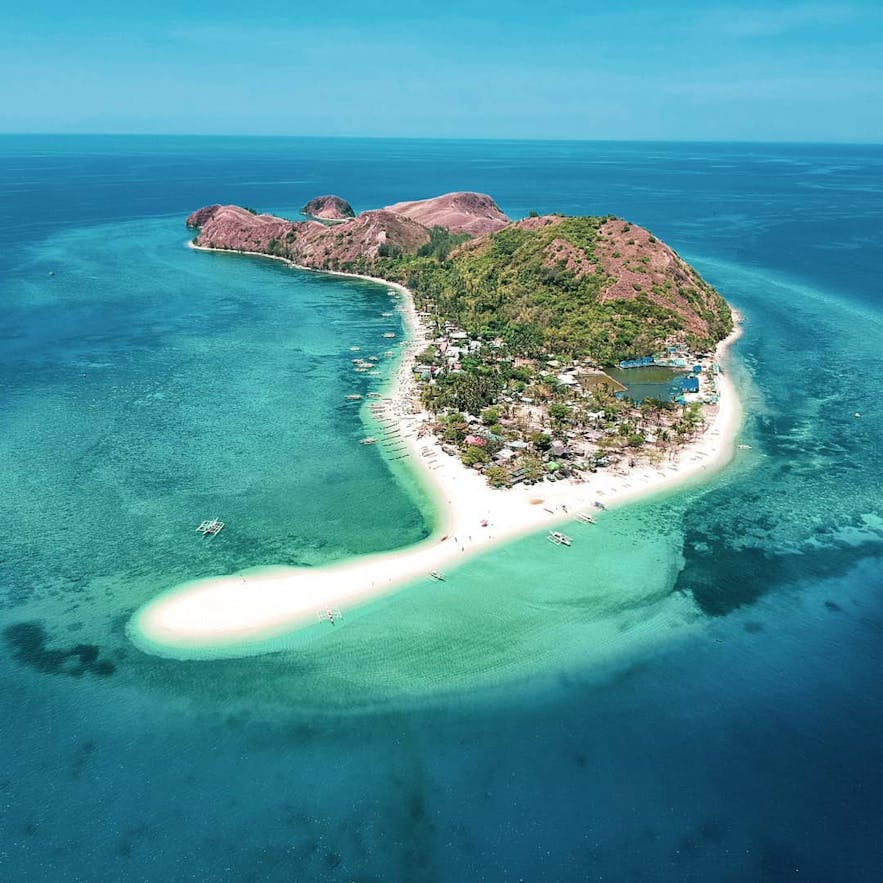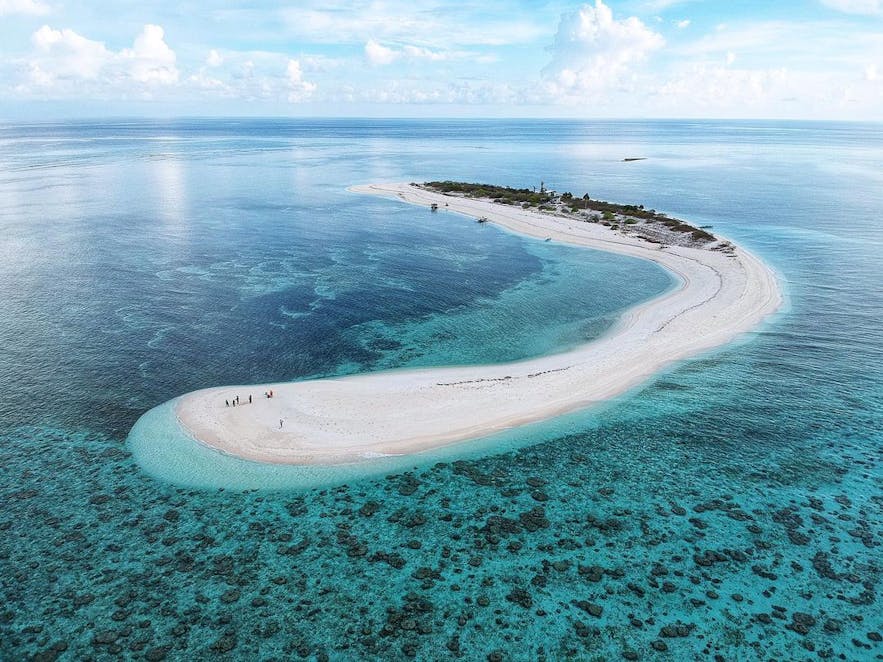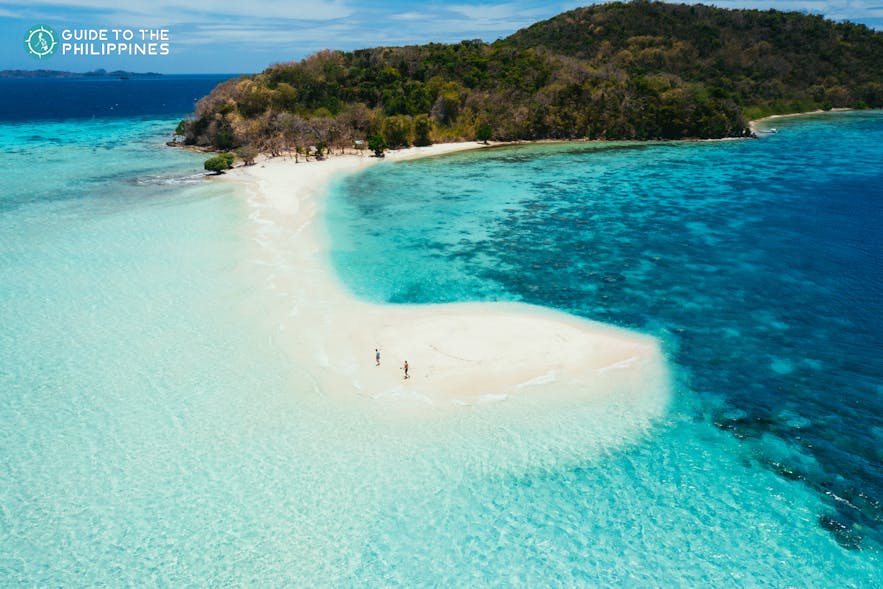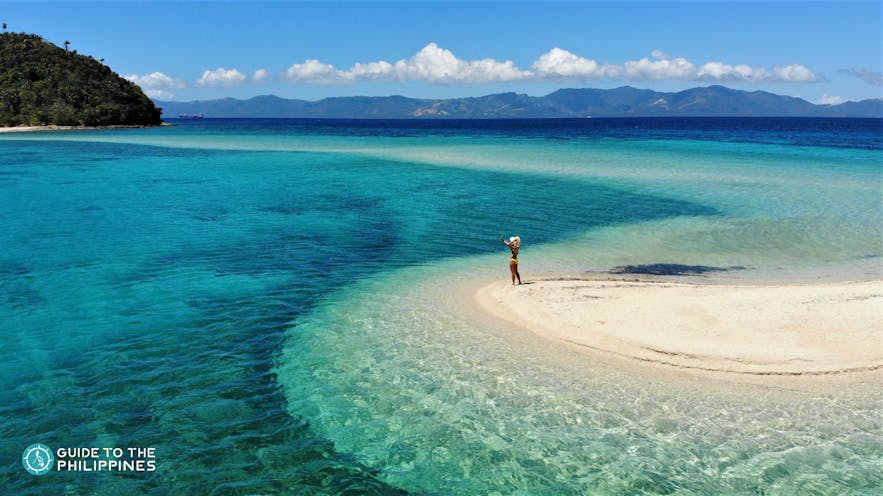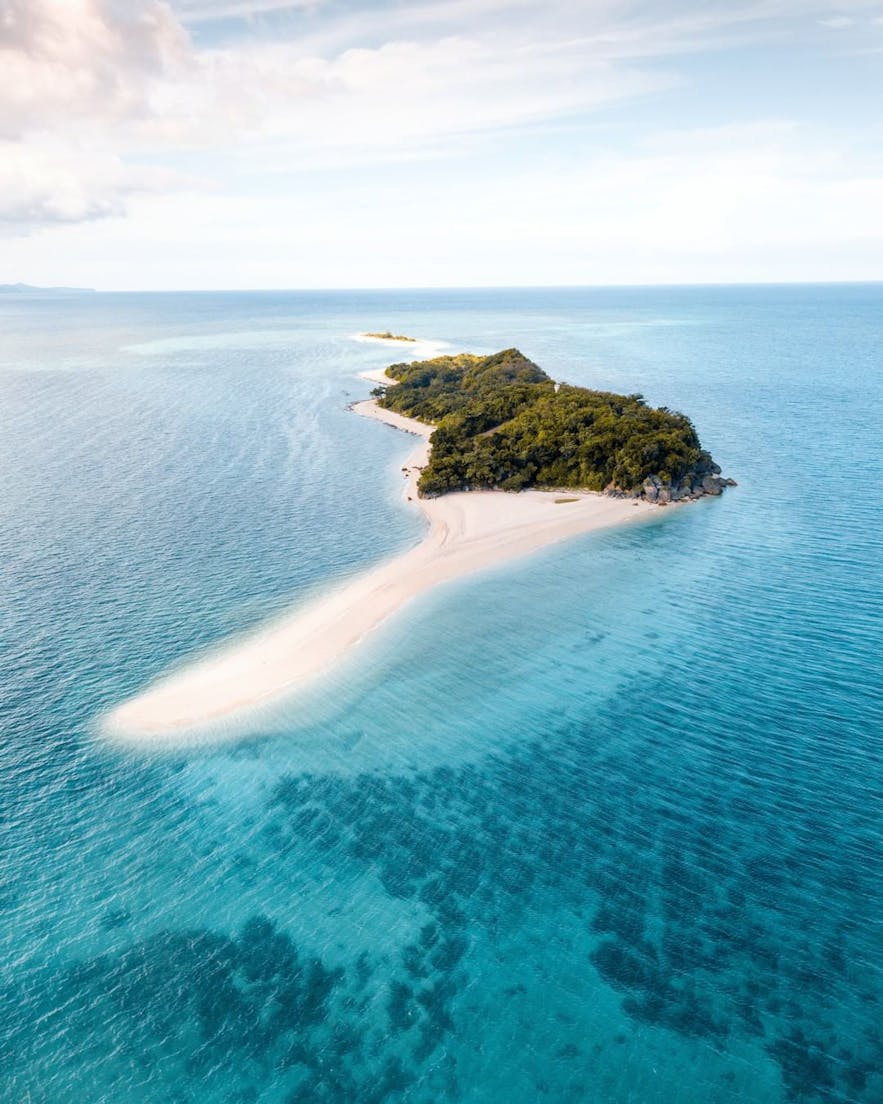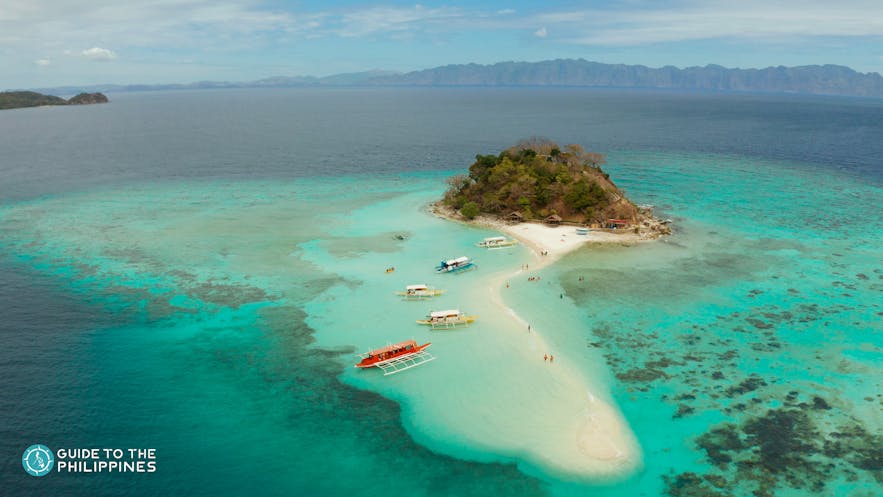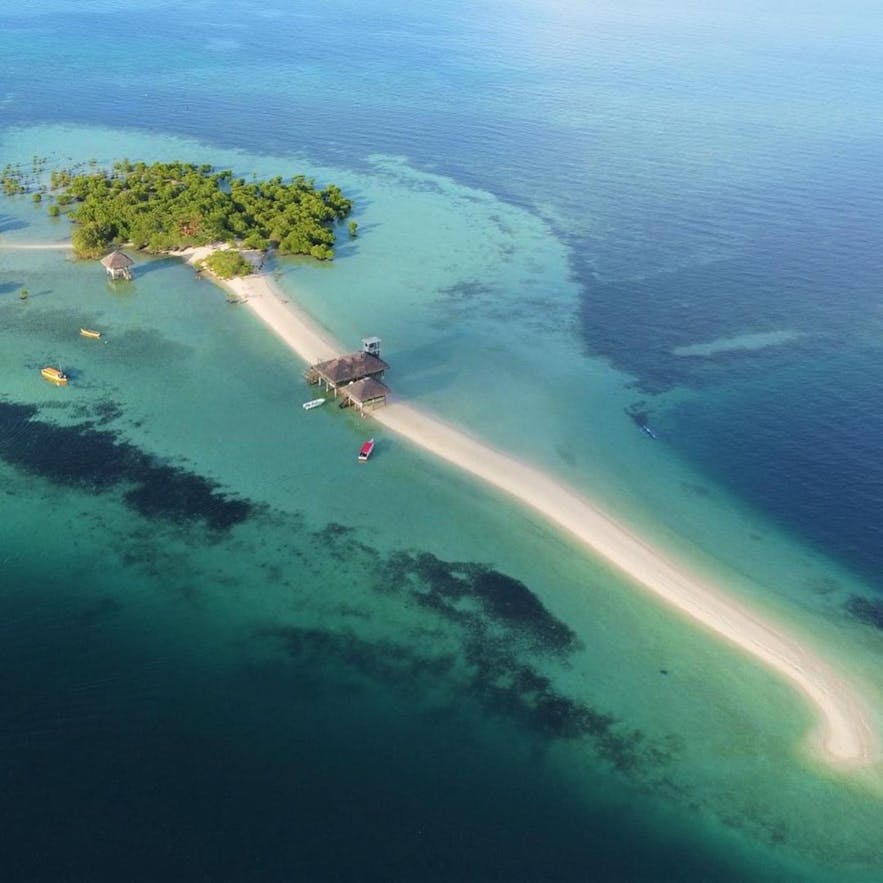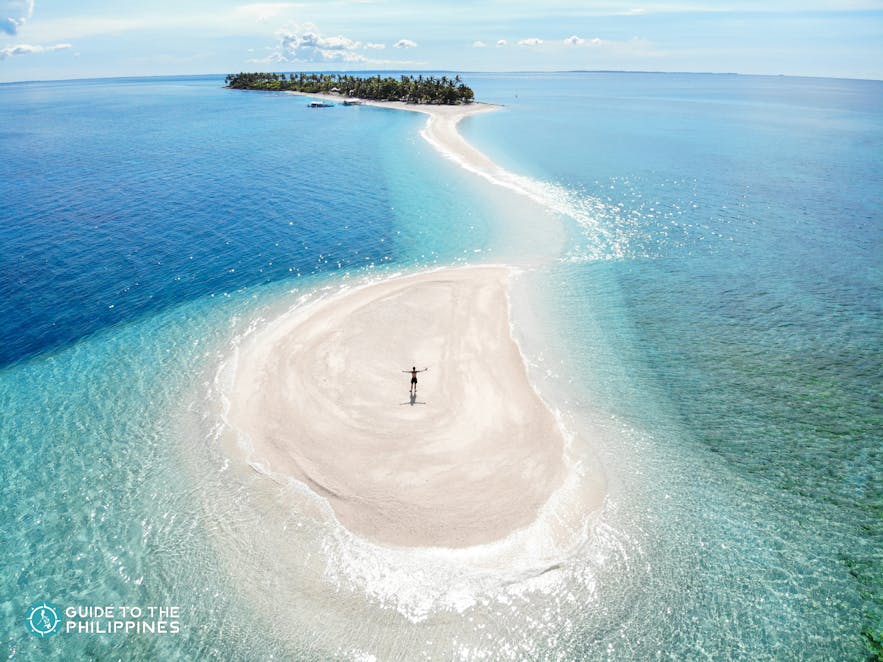Davao de Oro Province--- Continuing Professional Development (CPD) is a core towards life-long learning. It integrates professionals for skills and knowledge that is up-to-date and responsive to the need for time.
In the era of hybrid societies where workplaces revamp to adapt in varying situations, it is preeminent to equip and upgrade skills regularly thru CPD, which enables the renewal and updating of skills in the workplace setting.
With fantastic support to the backbone of its progress, the Provincial Government of Davao de Oro has come up with a Continuing Professional Development Program. The CPD program aims to cater to its employees of varied professions, particularly those covered under the RA 1080 who need to earn their required CPD units to renew their licenses with the Professional Regulation Commission (PRC).
Through the Provincial Human Resource Management and Development Office (PHRMDO) headed by Lara Zaphire Kristy N. Bermejo, PLGU-DdO is now an accredited Local CPD Provider with the 'Nursing Program' as its pilot program of the provincial government.
Currently, with the continued fight against the pandemic, it is time that healthcare workers, particularly nurses in the four (4) provincial hospitals in the province, are given training that would amplify their skills in the healthcare setting.
Two CPD Programs entitled as "Basic Life Support (BLS) Course" and "Advanced Cardiac Life Support (ACLS) Course" were offered by the provincial government in partnership with the Philippine Heart Association (PHA) and Southern Philippines Medical Center (SPMC) last August 16-23, 2021, where 198 nurses from the provincial hospitals participated in the designed online training. Physical training is also part of the two programs, which will resume when authorities permit face-to-face interaction.
Fixated on the goal for a progressive province, the provincial government plans to extend its accreditation as a local CPD provider of programs for other professions. (Jasteen Abella, Information Division, Davao de Oro)










